The Cubism art movement emerged in the early 20th century and challenged traditional notions of representation and perspective. Cubist artists, including Pablo Picasso and Georges Braque, sought to deconstruct and reassemble reality through a fragmented, abstruse lens. In this article, we will explore famous paintings of the Cubism art movement, providing insights into the lives and creative processes of the artists who revolutionised the art world.
What type of art was created during the Cubism movement?
Painting and print art were made in the Cubist art movement.
Cubism art movement was popular during which years?
Circa 1907 to 1914, was when the Cubist art movement was most popular.
Where was Cubism art made and popularised?
The Cubism Art Movement started in Europe but even spread to America.
What medium (media) and tools were used to make CubismArt?
Oil, Inks, Paints on papers, textured papers, surfaces and print
Who are some famous Cubism artists and artworks?
Guernica by Pablo Picasso
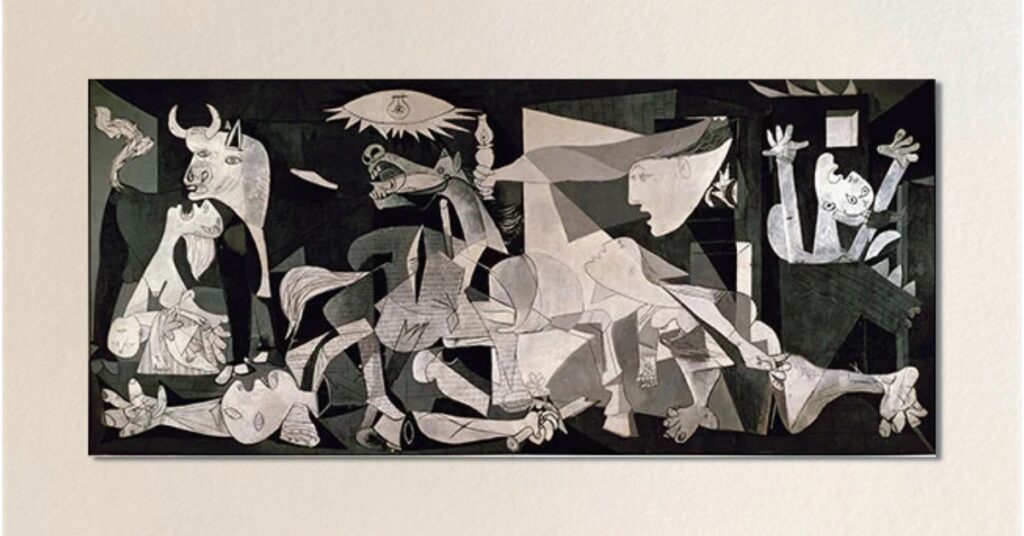
Houses at Estaque by Georges Braque
The Indian Church by Emily Carr
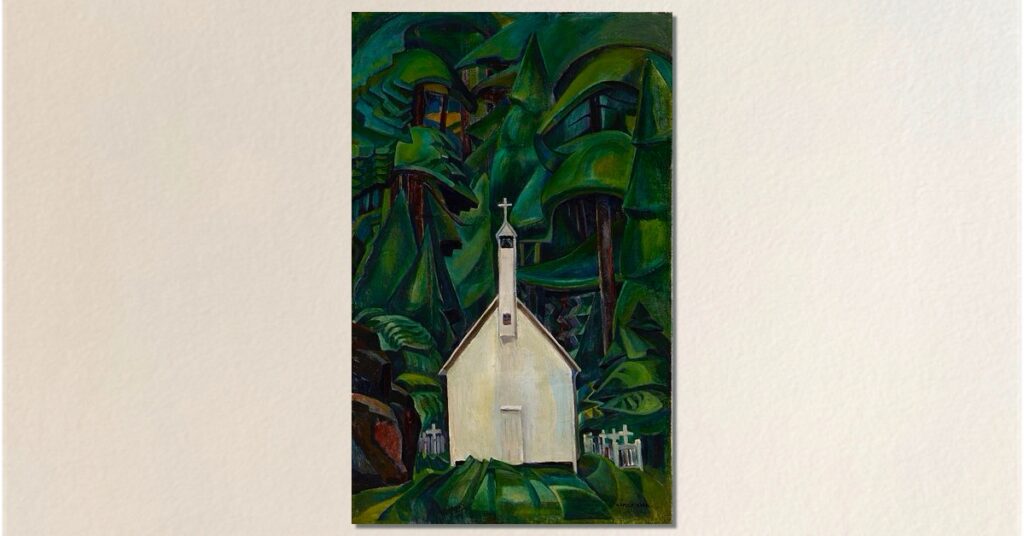
Which art movement came before the Cubism movement?
Modern Art and Fauvism came before Cubism.
Which art movement came after the Cubism movement?
Futurism, constructivism, dadaism, de Stijl, Bauhaus etc.
Top 8 Artworks of the Cubist Art Movement
Les Demoiselles d’Avignon by Pablo Picasso
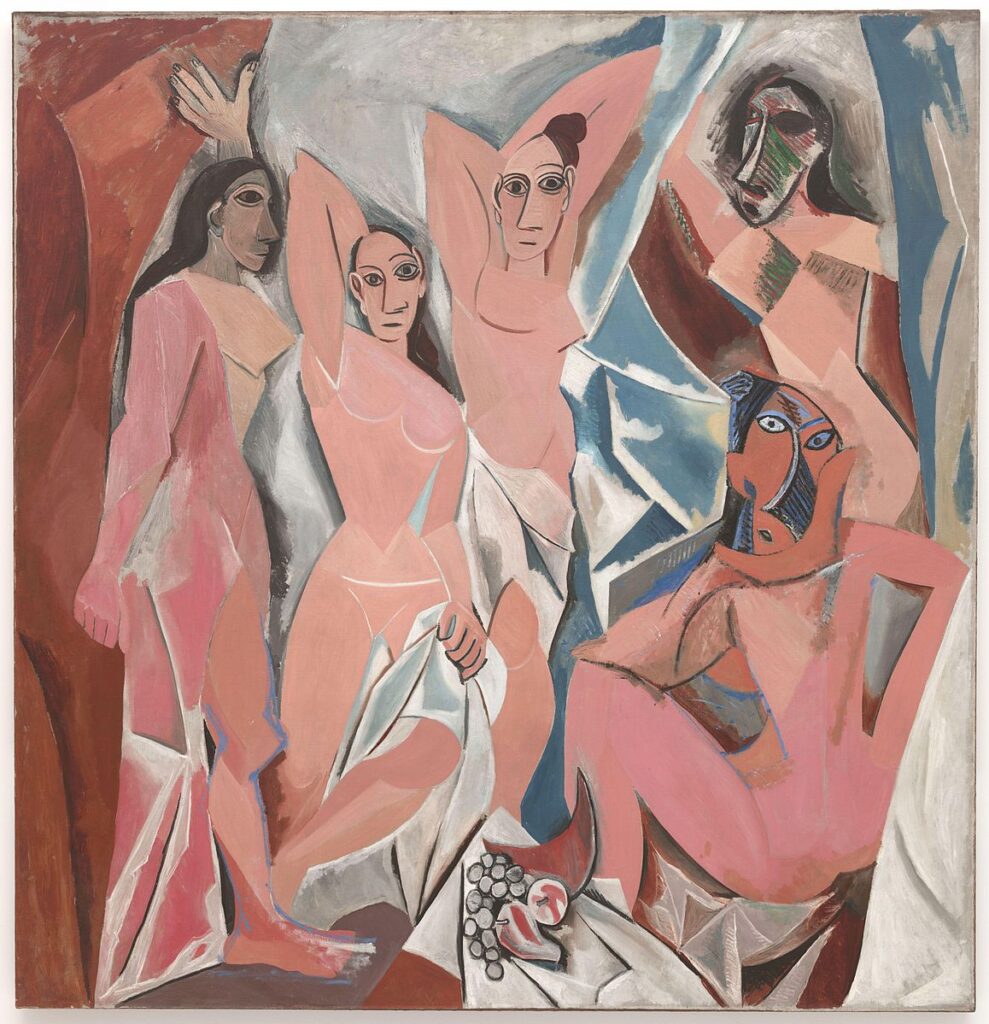
Pablo Picasso’s “Les Demoiselles d’Avignon” (1907) is a seminal work in the Cubist movement, representing a radical departure from traditional representation. The painting portrays five nude figures, rendered in a fragmented and abstracted style.
“Les Demoiselles d’Avignon” marked a profound turning point in Picasso’s career. The painting was initially met with shock and controversy when exhibited at the Salon d’Antin in Paris. Critics were baffled, and even some fellow artists were critical of this new direction. However, Picasso’s willingness to challenge convention and break down the human form into its most elemental shapes paved the way for the Cubist movement to thrive.
Violin and Candlestick by Georges Braque
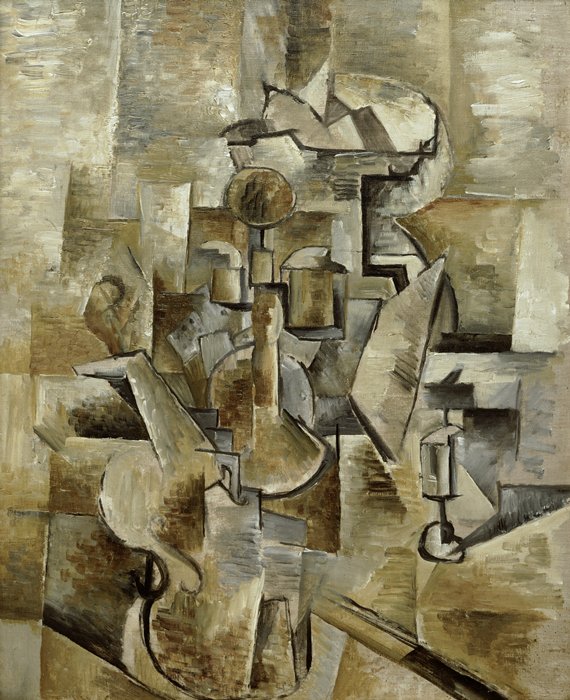
Georges Braque’s “Violin and Candlestick” (1910) is a quintessential example of early Cubist work. The painting portrays a violin and a candlestick, deconstructed into geometric shapes and forms.
Braque and Picasso are often credited with co-founding the Cubist movement, and “Violin and Candlestick” exemplifies their shared explorations. Braque’s dedication to breaking down objects into their essential components, creating a new visual language, and pushing the boundaries of representation was central to the Cubist art revolution.
Portrait of Ambroise Vollard by Paul Cézanne
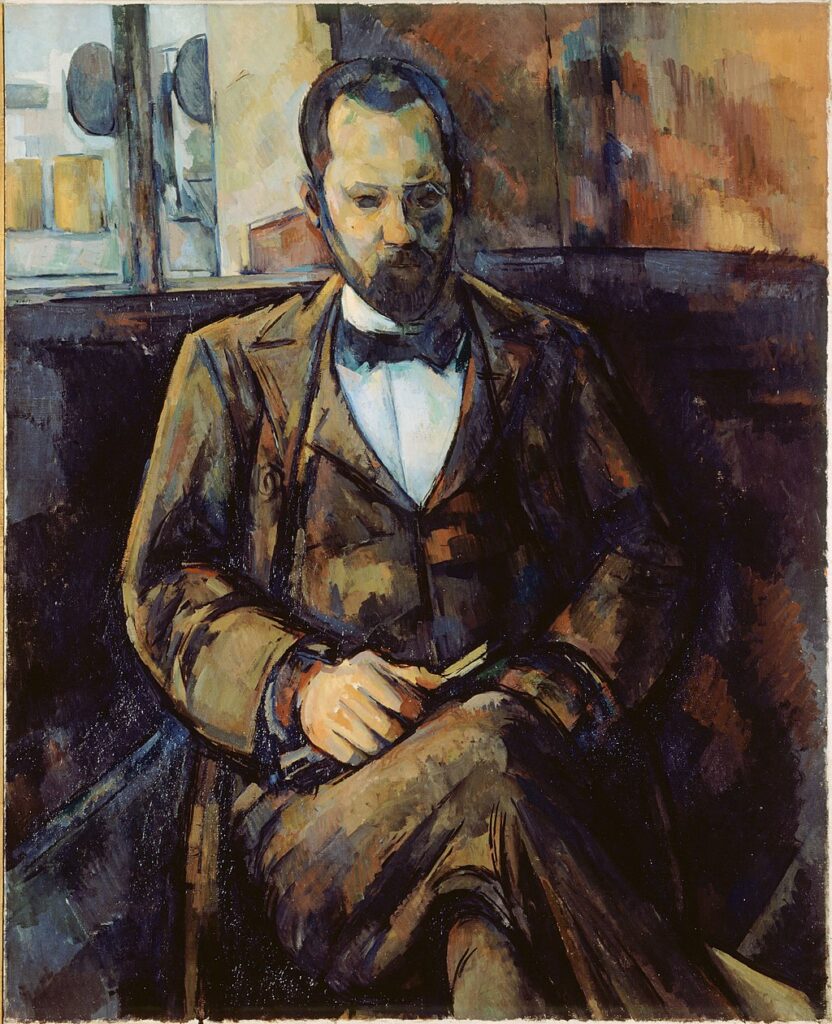
Paul Cézanne’s “Portrait of Ambroise Vollard” (1899) is considered a precursor to Cubism, as it foreshadows the movement’s penchant for deconstructing form and representation. The painting portrays art dealer Ambroise Vollard in a typical cubist style to look like a painting made from building blocks. The artist uses impasto strokes made with a flat brush to achieve this effect.
Cézanne’s influence on the development of Cubism cannot be overstated. His explorations of form and his willingness to break with conventional representation laid the groundwork for artists like Picasso and Braque. “Portrait of Ambroise Vollard” serves as a bridge between the late 19th-century Post-Impressionist style and the avant-garde world of Cubism.
Still Life with Chair Caning by Pablo Picasso
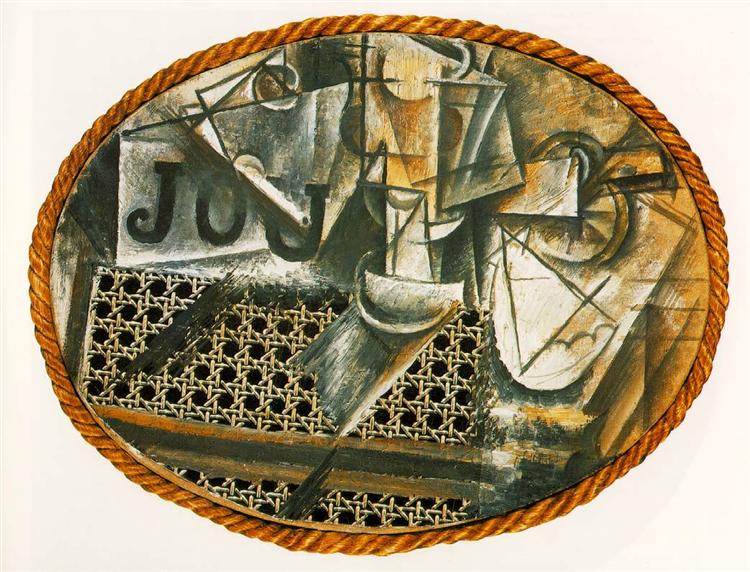
Pablo Picasso’s “Still Life with Chair Caning” (1912) is an innovative Cubist work that introduced the technique of collage into the movement. The artwork portrays a cafe table set with a glass and a newspaper, rendered through a combination of painting and collage.
“Still Life with Chair Caning” was a groundbreaking work that expanded the possibilities of Cubist art. The introduction of collage allowed for the inclusion of real-world objects and materials in the artwork, pushing the boundaries of what could be considered art. Picasso’s willingness to experiment with form and materials was central to the Cubist ethos.
Houses at L’Estaque by Georges Braque

Georges Braque’s “Houses at L’Estaque” (1908) is a Cubist landscape that deconstructs the picturesque scene into a series of geometric forms and planes. The painting captures the essence of L’Estaque, a village in the South of France.
“Houses at L’Estaque” reflects Braque’s interest in translating traditional subjects into a new, abstract language. The work, like many of his Cubist paintings, demonstrates the artist’s ability to represent reality through a fractured and multidimensional lens.
Portrait of Dora Maar by Pablo Picasso

Pablo Picasso’s “Portrait of Dora Maar” (1937) is a Cubist-inspired portrait that captures the artist’s lover and muse. The painting is known for its abstract and fragmented portrayal of the subject.
Picasso’s later works continued to be influenced by the Cubist movement. “Portrait of Dora Maar” showcases his enduring commitment to deconstructing the human form and reassembling it in a Cubist-inspired style. The painting conveys the multidimensionality of human experience.
Man with a Guitar by Georges Braque
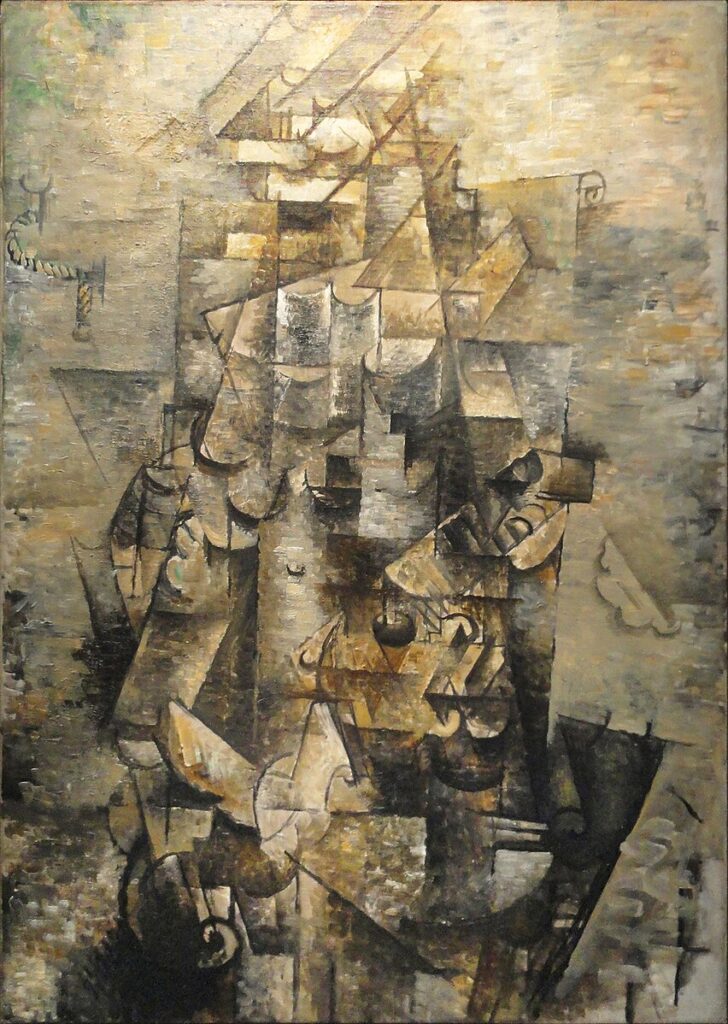
Georges Braque’s “Man with a Guitar” (1911-1912) is a Cubist painting that portrays a musician and his instrument in a segmented and abstract manner. The artwork is known for its exploration of volume and texture.
“Man with a Guitar” reflects Braque’s fascination with exploring the three-dimensionality of objects through the Cubist style. The painting conveys a sense of volume and texture through the cubist depiction of the subject.
Seated Nude by Fernand Léger
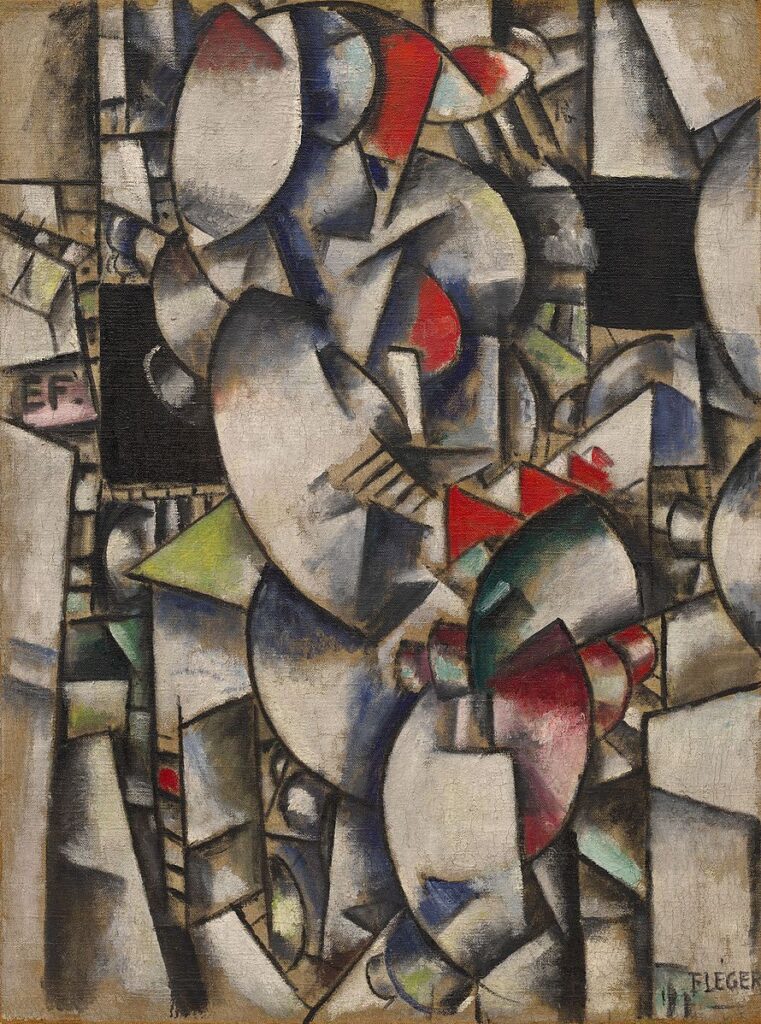
Fernand Léger’s “Seated Nude” (1912-1913) is a Cubist work that portrays a nude figure in a highly abstract and geometric style. The painting is characterised by its bold use of colour and form.
Léger’s works were known for their emphasis on mechanisation and the intersection of man and machine. “Seated Nude” exemplifies his exploration of the human form through a Cubist lens, capturing the essence of the subject in a kaleidoscopic form.
Nature Morte by Albert Gleizes
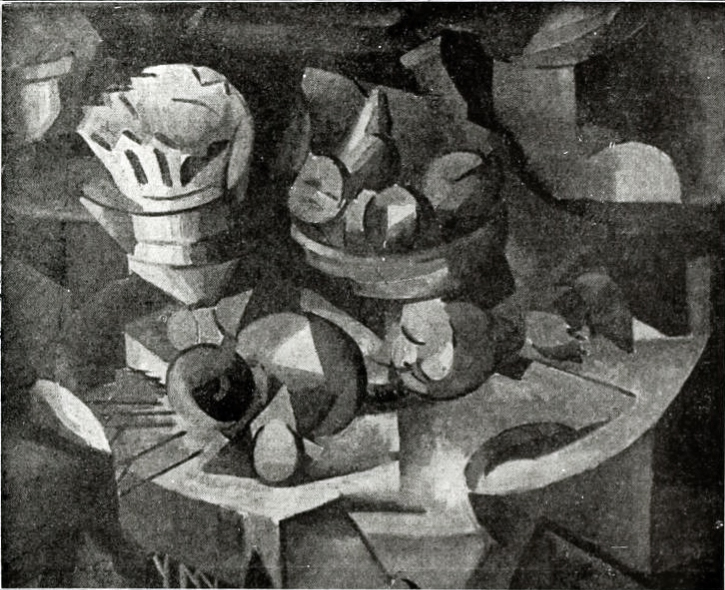
Albert Gleizes’s “Nature Morte” (1910) is a Cubist still life that deconstructs everyday objects into geometric forms. The painting showcases the artist’s interest in experimenting with colour and perspective.
Gleizes was one of the key figures in the development of Cubism and was known for his commitment to pushing the boundaries of representation. “Nature Morte” reflects his fascination with capturing everyday objects through the geometric lens of Cubism by reimagining the possibilities of colour and form.
The Cubist art movement transformed the way we perceive and represent the world. These famous paintings of the Cubism movement offer insights into the lives and creative processes of the artists who embraced this revolutionary style. From Picasso’s radical deconstruction of the human form to Braque’s intricate exploration of volume and texture, these works continue to captivate art enthusiasts, serving as testaments to the enduring influence and innovation of Cubism in the realm of art.
*Images from Wiki Commons






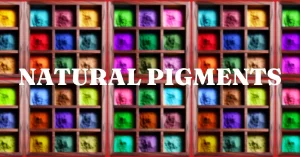
0 Comments